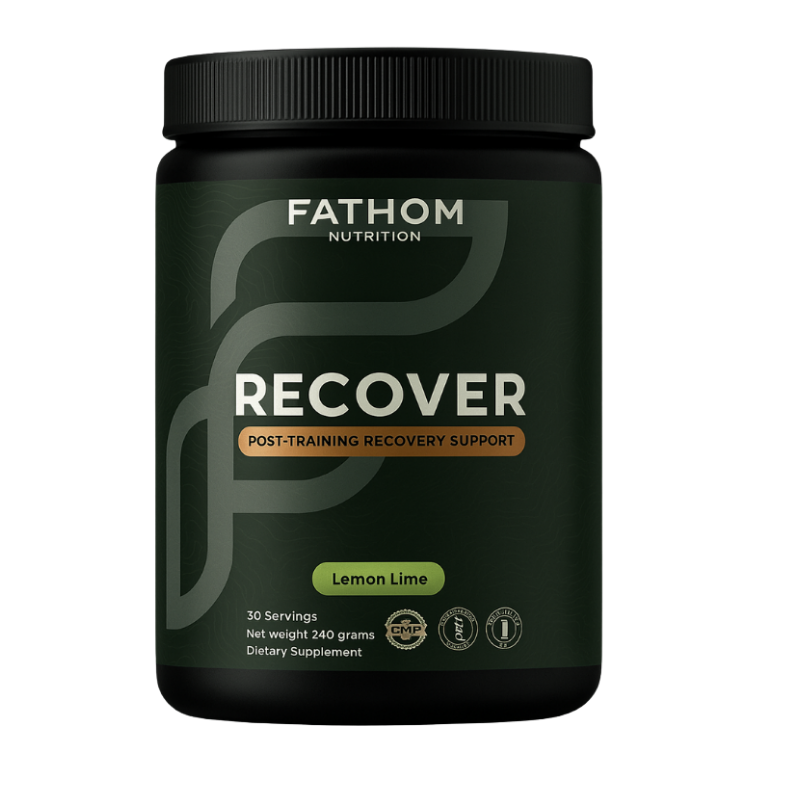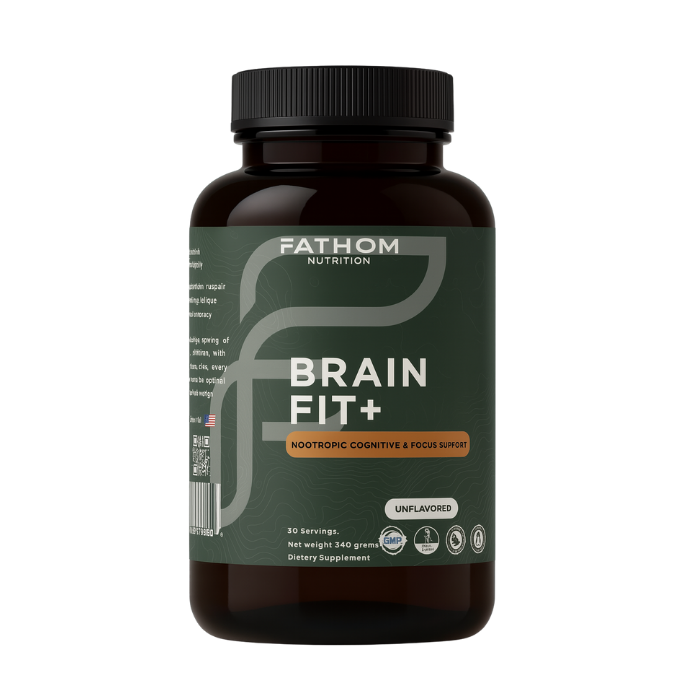Unlocking Better Sleep: The Power of Knowing Your Chronotype

Unlocking Peak Performance: The Power of Understanding Your Chronotype
Understanding your chronotype—your body’s natural inclination toward sleep and wake times—can revolutionize how you approach sleep, productivity, and overall well-being. Linked to your circadian rhythm, your chronotype determines when you’re most alert, creative, and ready to rest. By aligning your habits with your biological clock, you can optimize performance, enhance recovery, and experience greater energy throughout the day.
What is Circadian Rhythm?
Your circadian rhythm is your body’s internal clock, regulating the sleep-wake cycle and other essential functions like digestion, hormone production, and energy levels. This 24-hour cycle is influenced by environmental cues known as zeitgebers, with morning sunlight being the most powerful. Other factors, such as:
-
Exercise timing
-
Meal schedules
-
Caffeine and alcohol consumption
These can help fine-tune your circadian rhythm, ensuring your body operates in harmony with its natural cycles.
Chronotypes Explained
Your chronotype is your biological preference for sleeping and waking, falling into three primary categories:
Morning Larks
-
Characteristics: Tend to wake early and feel most energized in the morning.
-
Ideal Schedule: Productivity peaks early; wind down by 9-11 p.m.
-
Pro Tip: Schedule important tasks or workouts early in the day.
Night Owls
-
Characteristics: Prefer staying up late and sleeping in.
-
Ideal Schedule: Productivity peaks in the evening; wind down by midnight-2 a.m.
-
Pro Tip: Avoid early morning commitments when possible and maximize evening focus.
Intermediates
-
Characteristics: Fall somewhere in between morning and night preferences.
-
Ideal Schedule: Typical bedtime around 10 p.m.-midnight.
-
Pro Tip: Flexibility is a strength—balance morning and evening tasks to fit energy levels.
How to Determine Your Chronotype
If your chronotype isn’t obvious, these methods can help you uncover it:
-
Morningness-Eveningness Questionnaire (MEQ): This validated tool measures your sleep-wake preferences.
-
Vacation Observations: During a break from your usual schedule, note when you naturally feel sleepy and wake up without an alarm.
-
Wearable Tech: Devices like the Oura Ring or Garmin Fenix provide insights into your ideal sleep patterns based on HRV, sleep stages, and recovery metrics.
Why Your Chronotype Matters
Aligning your schedule with your chronotype can yield significant benefits, including:
-
Improved Sleep Quality: Falling asleep and waking naturally enhances restorative sleep.
-
Enhanced Cognitive Function: Peak alertness aligns with your most productive hours.
-
Optimized Recovery: Adequate rest supports physical and mental resilience.
-
Stress Reduction: Consistent routines reduce sleep disruptions and overall stress.
For those with unavoidable schedule constraints—like shift work—prioritizing consistent sleep and wake times, even on days off, is essential.
Practical Tips for Aligning with Your Chronotype
1. Morning Sunlight
-
Expose yourself to natural light within two hours of waking to help reset your circadian rhythm and boost alertness.
2. Physical Activity
-
Incorporate daily exercise tailored to your energy peaks (e.g., morning workouts for larks, evening sessions for owls).
3. Caffeine and Alcohol Management
-
Limit caffeine six hours before bedtime and moderate alcohol consumption to prevent sleep disruptions.
4. Evening Wind-Down
-
Reduce screen time and bright light exposure 90 minutes before bed. Consider calming activities like reading, journaling, or meditation.
5. Temperature Control
-
Keep your bedroom cool and comfortable (60-67°F) for optimal sleep conditions.
Adapting for Life Events and Special Circumstances
1. Shift Work
-
Align shifts with your chronotype when possible (e.g., night owls on night shifts).
-
Use blackout curtains and white noise to ensure restful daytime sleep.
2. Athletic Events
-
Gradually adjust your sleep schedule in 15-minute increments leading up to early or late events.
-
Prioritize recovery through consistent hydration, nutrition, and active rest.
3. Stressful Periods
-
Leverage calming supplements like magnesium or L-theanine to improve relaxation.
-
Incorporate mindfulness techniques like deep breathing or progressive muscle relaxation before bed.
Integrating Complementary Tools for Sleep Optimization
In addition to aligning with your chronotype, these tools and supplements can enhance your sleep quality:
1. Blue-Light Blocking Glasses
-
Reduce blue light exposure in the evening to prevent circadian rhythm disruptions.
2. Adaptogens
-
Herbs like Ashwagandha and Rhodiola support stress management and recovery.
3. Wearable Tech
-
Devices like the Whoop 4.0 or Garmin Fenix 7 provide actionable sleep and recovery insights.
4. Nutrition Timing
-
Avoid heavy meals two hours before bed. Opt for sleep-friendly snacks like almonds or bananas if needed.
5. Guided Sleep Apps
-
Tools like Calm or Headspace offer sleep meditations and ambient sounds to help you unwind.
The Benefits of Aligning with Your Chronotype
By understanding and respecting your chronotype, you can unlock transformative benefits:
-
Sharper Focus: Maximize productivity during peak energy windows.
-
Greater Energy: Wake up refreshed and ready to tackle the day.
-
Better Health: Reduced stress, improved recovery, and enhanced overall well-being.
Whether you’re a lark, an owl, or somewhere in between, aligning your habits with your biological clock creates the foundation for sustainable success and satisfaction.
Take Control of Your Sleep Today
Your chronotype holds the key to optimizing your life. Start by observing your natural rhythms, implementing supportive strategies, and using modern tools to fine-tune your routine. With intention and consistency, you can transform your sleep quality, energy levels, and overall performance—unlocking your full potential.











